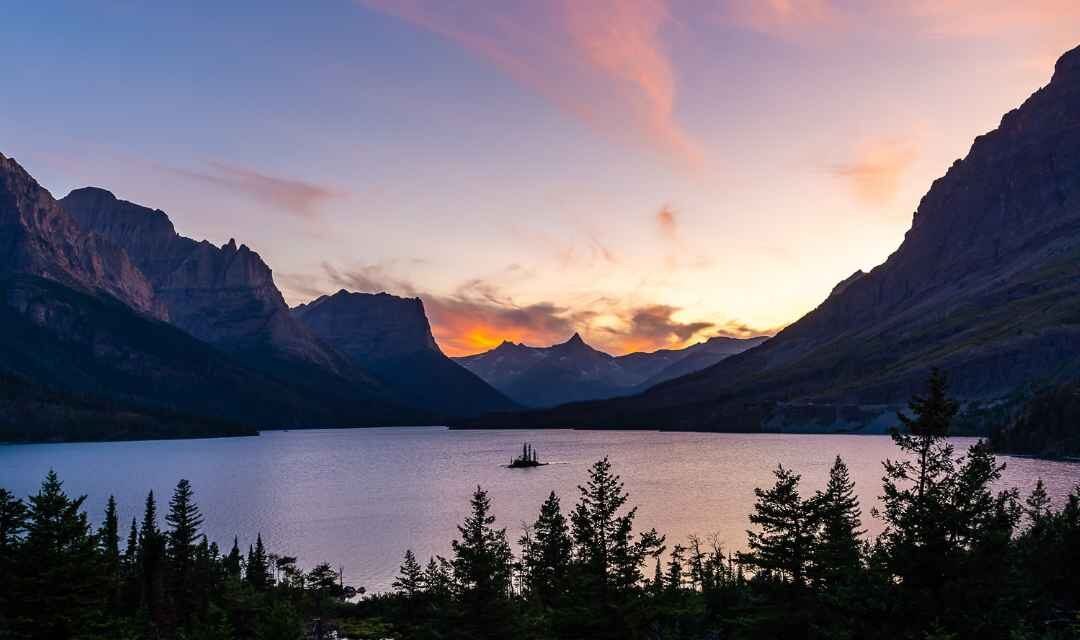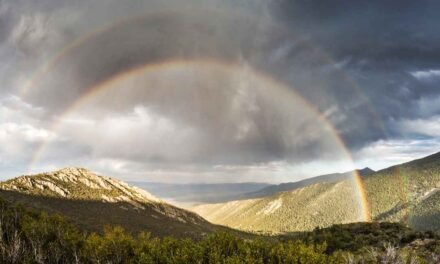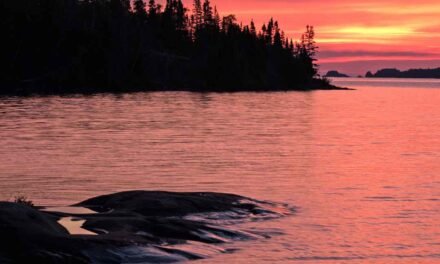Overview of Glacier National Park
Glacier National Park, located in the northern Rocky Mountains of Montana, is a breathtaking destination known for its dramatic landscapes, diverse ecosystems, and abundance of outdoor recreational opportunities. Established in 1910, the park covers over 1 million acres and is home to pristine forests, towering mountain peaks, crystal-clear lakes, and over 700 miles of hiking trails. Often referred to as the “Crown of the Continent,” Glacier National Park is also famous for its remaining glaciers, which have significantly receded over the past century due to climate change. The park, together with the adjacent Waterton Lakes National Park in Canada, forms the Waterton-Glacier International Peace Park, a UNESCO World Heritage Site.
Glacier National Park Location
Glacier National Park is situated in northwestern Montana, near the border with Canada. The park is approximately 150 miles north of Missoula, Montana, and around 270 miles northwest of Great Falls, Montana. The closest airport to the park is Glacier Park International Airport (FCA) in Kalispell, which is about 30 miles west of the park’s West Entrance. The nearest Canadian city to Glacier National Park is Calgary, Alberta, which is approximately 215 miles north of the park.
Glacier National Park Things to Do
Visitors to Glacier National Park will find no shortage of activities to enjoy. The park caters to a wide range of interests, from hiking and wildlife viewing to scenic drives and boat tours. Some popular activities include:
Hiking
Glacier National Park boasts over 700 miles of hiking trails, ranging from short and easy walks to challenging backcountry treks. Some popular trails include the Highline Trail, Grinnell Glacier Trail, and the Trail of the Cedars.
Scenic Drives
The Going-to-the-Sun Road, a 50-mile-long scenic drive that traverses the park, offers stunning views of the park’s landscapes and provides access to many trailheads and points of interest. Other scenic drives in the park include the Many Glacier Road and the Inside North Fork Road.
Boat Tours and Water Activities
With over 130 named lakes in the park, there are ample opportunities for water-based activities such as kayaking, canoeing, and fishing. Guided boat tours are available on several lakes, including Lake McDonald and St. Mary Lake.
Wildlife Viewing
Glacier National Park is home to a diverse array of wildlife, including grizzly bears, black bears, mountain goats, bighorn sheep, elk, and moose. Many visitors enjoy wildlife watching, particularly in the early morning and evening hours when animals are most active.
Photography and Stargazing
The park’s stunning landscapes and clear night skies make it a popular destination for photography enthusiasts and stargazers alike. The Logan Pass area is particularly well-known for its spectacular views of the night sky.
Glacier National Park Itineraries
With so much to see and do in Glacier National Park, planning your visit can be overwhelming. Here are some suggested itineraries to help you make the most of your time in the park:
One-Day Itinerary
If you only have one day to spend in Glacier National Park, focus on exploring the Going-to-the-Sun Road and its surrounding areas. Begin your day at the Apgar Visitor Center, where you can gather information about the park and pick up maps. From there, drive along the Going-to-the-Sun Road, stopping at viewpoints such as Lake McDonald, Avalanche Creek, and Logan Pass. At Logan Pass, consider hiking the popular Highline Trail or the Hidden Lake Overlook Trail to take in the stunning alpine scenery. Finish your day with a sunset view from the Wild Goose Island Overlook at St. Mary Lake.
Three-Day Itinerary
With three days in the park, you can explore more of Glacier’s diverse landscapes and activities. On day one, follow the one-day itinerary above to explore the Going-to-the-Sun Road. On day two, head to the Many Glacier area to hike the Grinnell Glacier Trail or the Iceberg Lake Trail, both offering incredible views of glaciers, lakes, and wildlife. On your third day, venture to the Two Medicine area for a more remote experience, and consider taking a scenic boat tour on Two Medicine Lake or hiking to Upper Two Medicine Lake.
One-Week Itinerary
A week in Glacier National Park allows you to fully immerse yourself in the park’s beauty and explore its lesser-known areas. In addition to the activities suggested in the three-day itinerary, consider spending a day in the remote North Fork area, where you can hike the Numa Ridge Lookout Trail or visit Bowman and Kintla Lakes. You might also dedicate a day to exploring the eastern side of the park, including the St. Mary and Virginia Falls trails. Finally, consider embarking on a multi-day backpacking trip in the park’s backcountry or exploring some of the park’s more than 700 miles of trails at your leisure.
Best Season to Visit Glacier National Park
The best time to visit Glacier National Park depends on your interests and desired activities. Summer (June through August) is the most popular season, as the weather is generally warm and dry, and most facilities and roads are open. However, this is also the busiest time in the park, and you can expect crowds and limited availability for lodging and camping.
Spring (April and May) and fall (September and October) are less crowded and offer cooler temperatures, making them ideal for hiking and wildlife viewing. However, some facilities may be closed, and the Going-to-the-Sun Road is often closed due to snow well into June and sometimes as early as mid-September.
Winter (November through March) offers a unique and peaceful experience in the park, with opportunities for snowshoeing, cross-country skiing, and winter wildlife viewing. However, most park facilities and roads, including the Going-to-the-Sun Road, are closed during this time.
Glacier National Park Weather
Weather in Glacier National Park can be unpredictable and varies greatly depending on the season and elevation. Summer temperatures range from 60 to 80°F (16 to 27°C) during the day and can drop to 40°F (4°C) at night. Spring and fall temperatures are generally cooler, with highs ranging from 40 to 60°F (4 to 16°C) and lows near or below freezing. Winter temperatures often remain below freezing, with highs around 20 to 30°F (-6 to -1°C) and lows in the single digits or below zero.
Precipitation is common throughout the year, with the wettest months typically being May, June, and September. Snow can fall at higher elevations any time of the year and is common from October through June.
Visitors should be prepared for rapidly changing weather conditions and pack appropriate clothing and gear for rain, cold temperatures, and sun exposure, regardless of the season. Layering clothing is highly recommended, as well as bringing a waterproof jacket, hat, and gloves.
Glacier National Park Hotels and Camping
Glacier National Park offers a variety of lodging and camping options for visitors. Accommodations within the park include historic lodges, motels, and cabins, while camping options range from developed campgrounds to primitive backcountry sites.
Hotels and Lodges
There are several hotels and lodges within the park, including the iconic Many Glacier Hotel, Lake McDonald Lodge, and the rustic Granite Park and Sperry Chalets. Reservations for park lodges can be made through the park’s concessionaire, Xanterra Parks & Resorts, and it’s advisable to book well in advance, as accommodations fill up quickly during the peak season.
Camping
Glacier National Park has 13 developed campgrounds, with over 1,000 individual campsites. Some campgrounds accept reservations, while others are first-come, first-served. Campground facilities vary, but most offer potable water, restrooms, and picnic tables. Backcountry camping is also available for experienced hikers and backpackers, with over 65 designated backcountry sites. A backcountry permit is required for all overnight stays in the park’s backcountry.
Glacier National Park Restaurants
While dining options within Glacier National Park are limited, there are several restaurants and cafeterias available during the summer season. Some of these options include:
- Many Glacier Hotel Dining Room and Swiss Lounge
- Lake McDonald Lodge Dining Room and Russell’s Fireside Dining Room
- Rising Sun Motor Inn Two Dog Flats Grill
- Swiftcurrent Motor Inn Ptarmigan Dining Room and Nell’s Swiftcurrent Grill
- Apgar Village Lodge’s West Glacier Restaurant and Apgar Village Cafe
In addition to the park’s dining facilities, there are numerous restaurants, cafes, and grocery stores in the gateway communities surrounding the park, such as West Glacier, East Glacier Park Village, and St. Mary.
Glacier National Park Wildlife and Plants
Glacier National Park is home to a rich diversity of wildlife and plant life, thanks to its varied ecosystems and range of elevations. Visitors can expect to encounter a variety of mammals, birds, fish, and plant species throughout the park.
Notable mammals found in the park include grizzly bears, black bears, mountain goats, bighorn sheep, moose, elk, and wolverines. Birdwatchers can spot species such as bald eagles, golden eagles, harlequin ducks, and Clark’s nutcrackers. The park’s many lakes and streams are home to fish species like cutthroat trout, bull trout, and mountain whitefish.
The park’s plant life is equally diverse, with more than 1,000 species of vascular plants and over 300 species of mosses and lichens. Vegetation ranges from cedar-hemlock forests in the lower elevations to alpine tundra and meadows at higher elevations.
Glacier National Park History
Glacier National Park has a rich history, beginning with the indigenous peoples who have lived in the region for thousands of years. The park is the ancestral homeland of the Blackfeet, Salish, and Kootenai tribes, who have long relied on the area for sustenance and spiritual connection.
European explorers and fur traders arrived in the early 1800s, followed by prospectors, miners, and homesteaders. The park’s incredible scenery began to attract tourists by the late 1800s, prompting the construction of hotels and chalets by the Great Northern Railway to accommodate visitors.
In 1910, President William Howard Taft signed the bill establishing Glacier National Park as the 10th national park in the United States. The construction of the Going-to-the-Sun Road in the 1920s and 1930s further increased accessibility and visitation to the park.
Today, Glacier National Park continues to draw millions of visitors annually, who come to experience its unique landscapes, wildlife, and recreational opportunities.
Glacier National Park Geology
The geology of Glacier National Park is a fascinating story of ancient seas, tectonic forces, and glacial erosion. The park’s bedrock primarily consists of sedimentary rock layers that were deposited in shallow seas more than 1 billion years ago. Over time, these layers were uplifted, folded, and faulted by tectonic forces, resulting in the park’s dramatic mountain ranges and unique geologic features like the Lewis Overthrust Fault.
During the last ice age, massive glaciers carved the landscape, creating the park’s iconic U-shaped valleys, sharp mountain ridges, and cirque basins. While the park’s glaciers have been receding for the past several thousand years, the remaining glaciers continue to shape the landscape through their slow, erosive processes.
Conclusion
Glacier National Park is a truly remarkable destination that offers visitors an unparalleled experience of natural beauty, diverse ecosystems, and rich history. With its breathtaking landscapes, abundant recreational opportunities, and unique geologic and cultural heritage, Glacier National Park is an unforgettable adventure for anyone who appreciates the wonders of the natural world. Whether you have just one day or an entire week to explore the park, the memories you make in the “Crown of the Continent” will surely last a lifetime.





